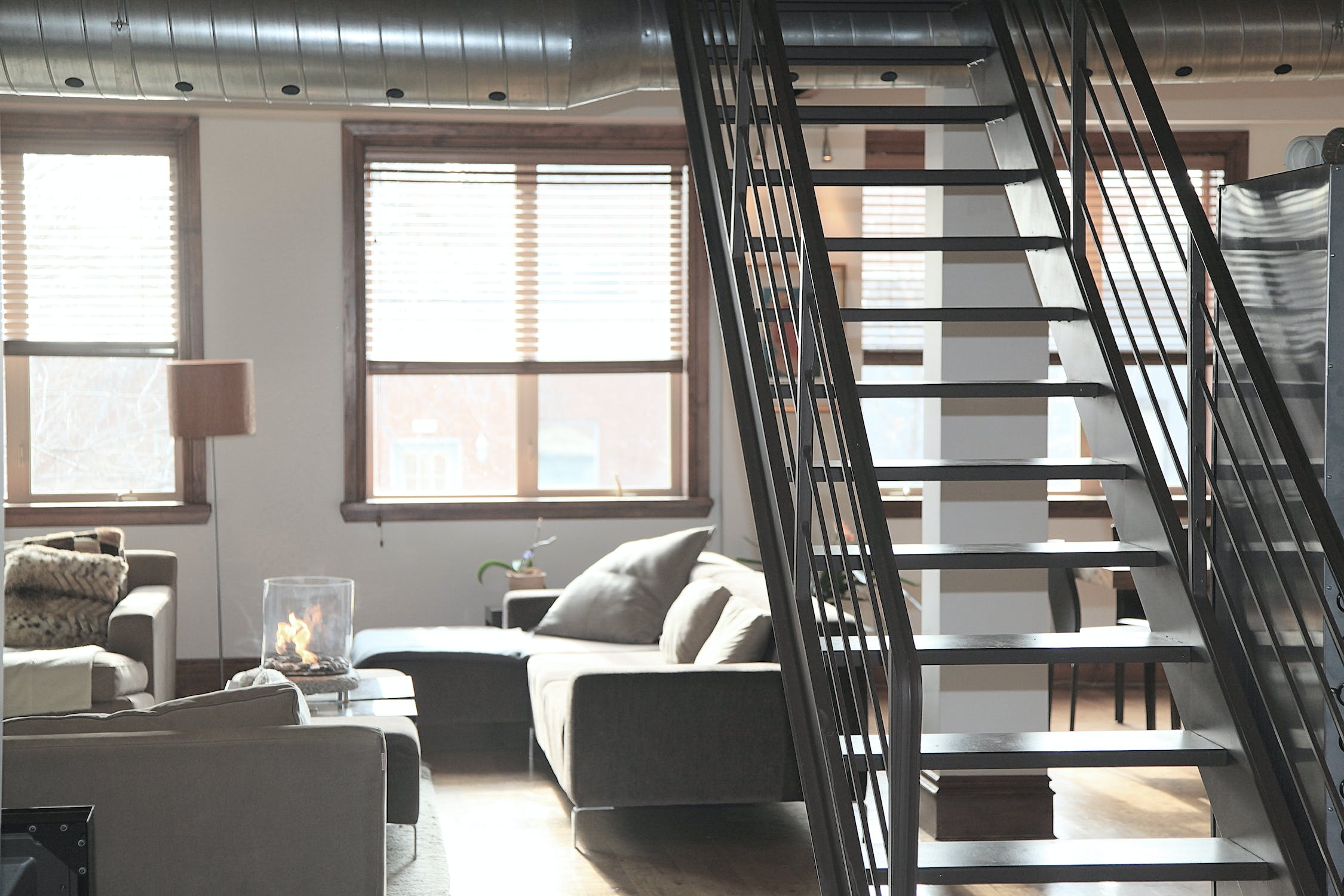Everything You Need to Know About Loft Insulation

In the quest for energy efficiency and cost savings, loft insulation has become a vital component of any well-insulated home.
By installing insulation in the loft or attic space, homeowners can significantly reduce heat loss, improve thermal comfort, and decrease energy consumption. In this article, we will explore the key aspects of loft insulation and its importance in creating a more sustainable and comfortable living environment.
What is Loft Insulation?
Loft insulation involves adding an insulating material to the space between the roof and the ceiling of a building. It creates a thermal barrier, preventing heat from escaping through the roof during colder months and entering during warmer periods. Properly installed loft insulation can help maintain a consistent indoor temperature and reduce the need for excessive heating or cooling.
Benefits of Loft Insulation:
a. Enhanced Energy Efficiency: Loft insulation acts as a barrier, reducing heat transfer between the living space and the outside environment. This results in less energy being required to heat or cool the home, leading to lower utility bills and reduced carbon emissions.
b. Improved Thermal Comfort: Insulating the loft helps to maintain a comfortable temperature throughout the year. It prevents cold spots, drafts, and excessive heat, providing a more pleasant living environment for occupants.
c. Condensation Prevention: Loft insulation helps to control moisture and condensation within the property. By keeping the roof space warmer, it reduces the risk of condensation forming on cold surfaces, which can lead to dampness and mold growth.
d. Sound Insulation: Loft insulation also acts as a sound barrier, reducing the transmission of external noise into the living space. This can contribute to a quieter and more peaceful home environment.
Types of Loft Insulation:
a. Blanket Insulation: The most common type of loft insulation, blanket insulation, comes in rolls or batts made from mineral wool, glass wool, or natural fibers such as sheep's wool. It is easy to install between joists or over the ceiling, providing effective thermal insulation.
b. Blown-in Insulation: Blown-in insulation involves using loose insulation materials, such as cellulose or mineral wool, which are blown into the loft space using special equipment. This method is suitable for difficult-to-reach or irregularly shaped areas.
c. Insulated Boards: Rigid insulation boards, made from materials like expanded polystyrene (EPS) or polyisocyanurate (PIR), can be installed directly onto the loft's roof slope or beneath the floorboards to provide insulation.
Installation and Considerations:
a. Depth and Coverage: The recommended thickness of loft insulation varies depending on the insulation material used. Generally, a minimum depth of 270mm (11 inches) is recommended to achieve optimal thermal performance.
b. Ventilation: Proper loft ventilation is essential to prevent moisture buildup and maintain a healthy living environment. It is important to ensure that insulation does not block eaves vents or other ventilation openings.
c. Access and Storage: Considerations should be given to maintaining access to the loft space and any storage requirements. Solutions such as raised platforms or storage systems can be used to create usable storage areas above the insulation.
d. Professional Installation: While loft insulation can be a DIY project, hiring a professional installer ensures proper installation, meeting building regulations and maximising the effectiveness of the insulation.
Loft insulation plays a crucial role in improving energy efficiency, reducing heat loss, and enhancing thermal comfort within a home. By preventing excessive heat transfer and maintaining a consistent temperature, loft insulation offers numerous benefits, including reduced energy bills, increased comfort, and condensation prevention. Homeowners should consider the type of insulation, installation requirements, and professional advice to ensure the best results. By investing in loft insulation, we can create more sustainable and energy-efficient living spaces while positively contributing to the environment.